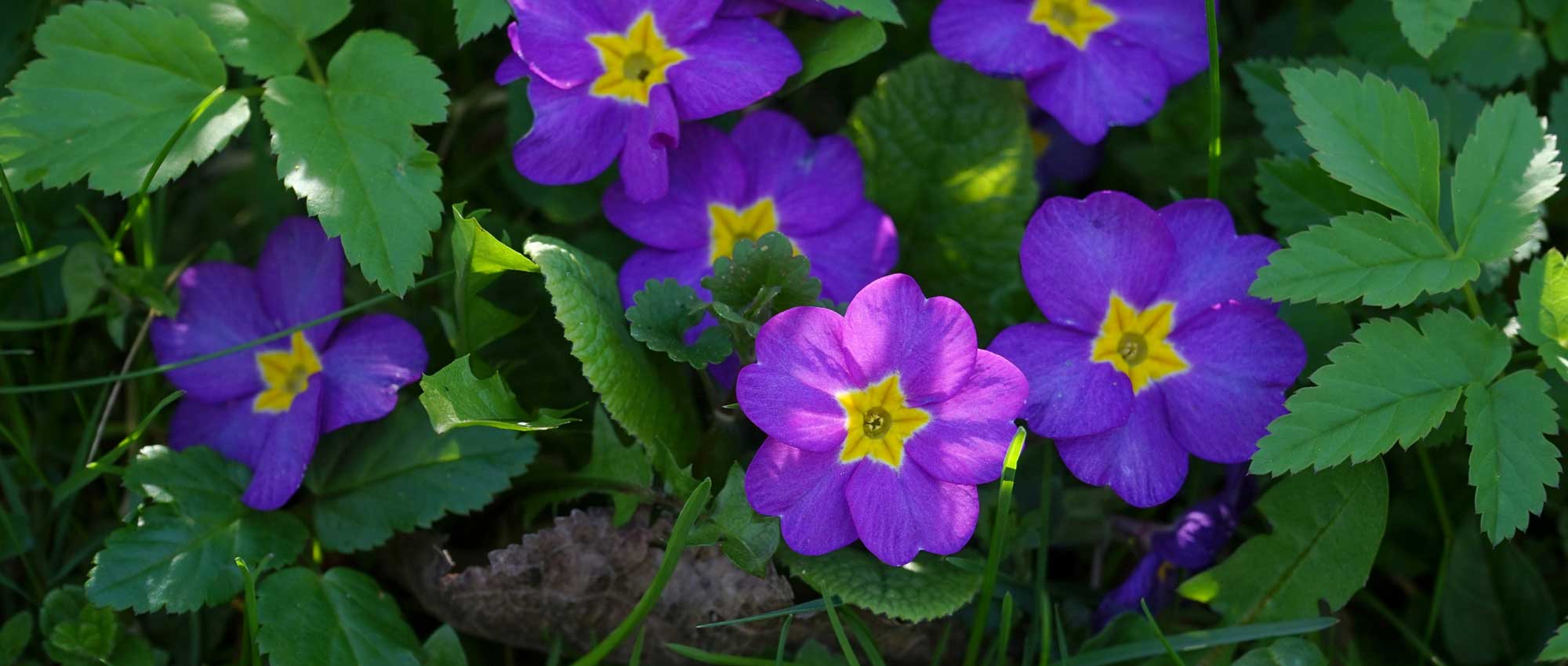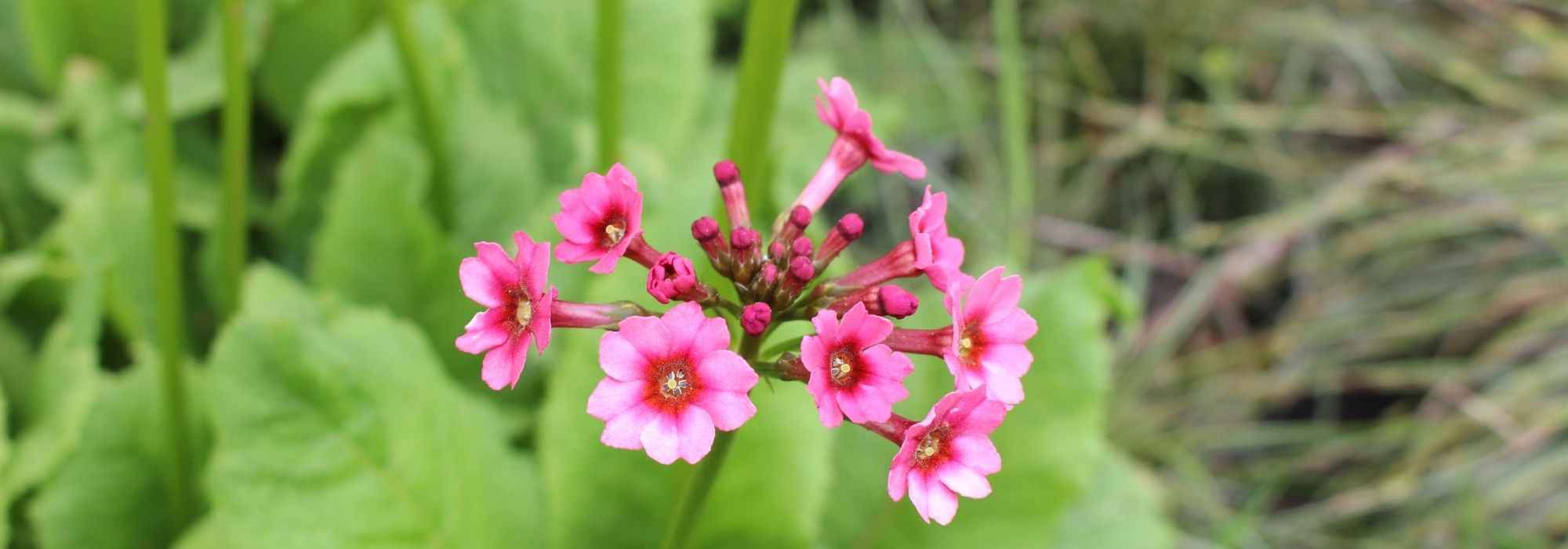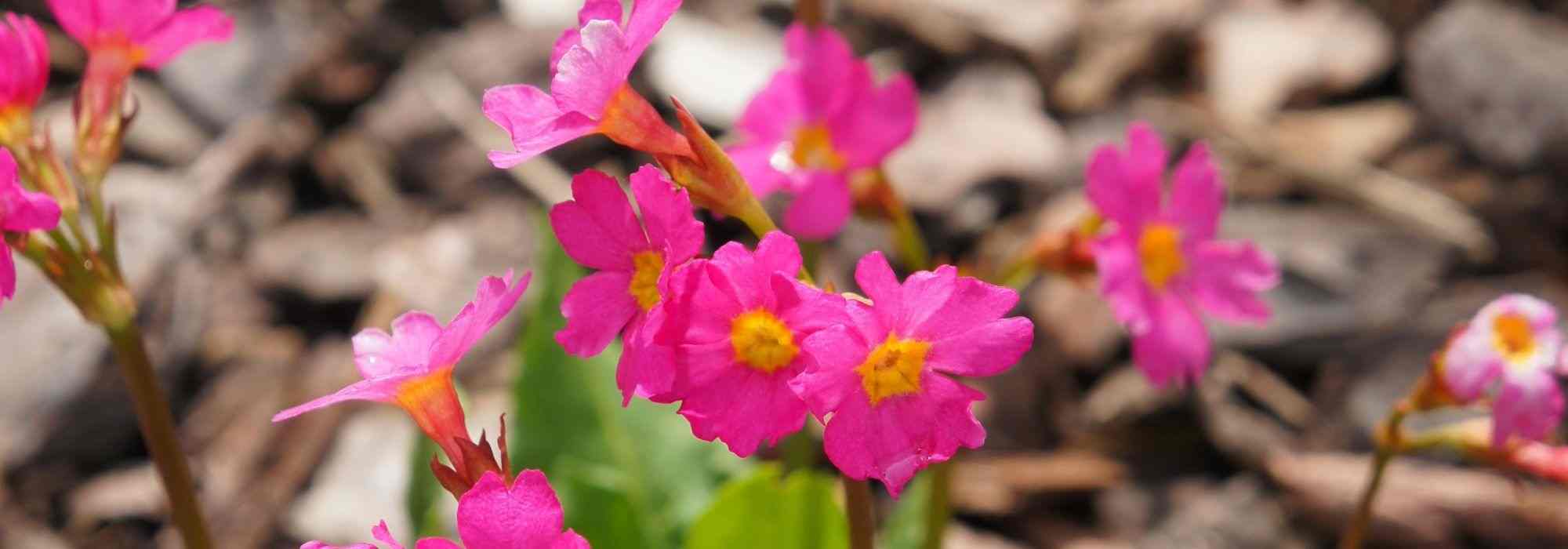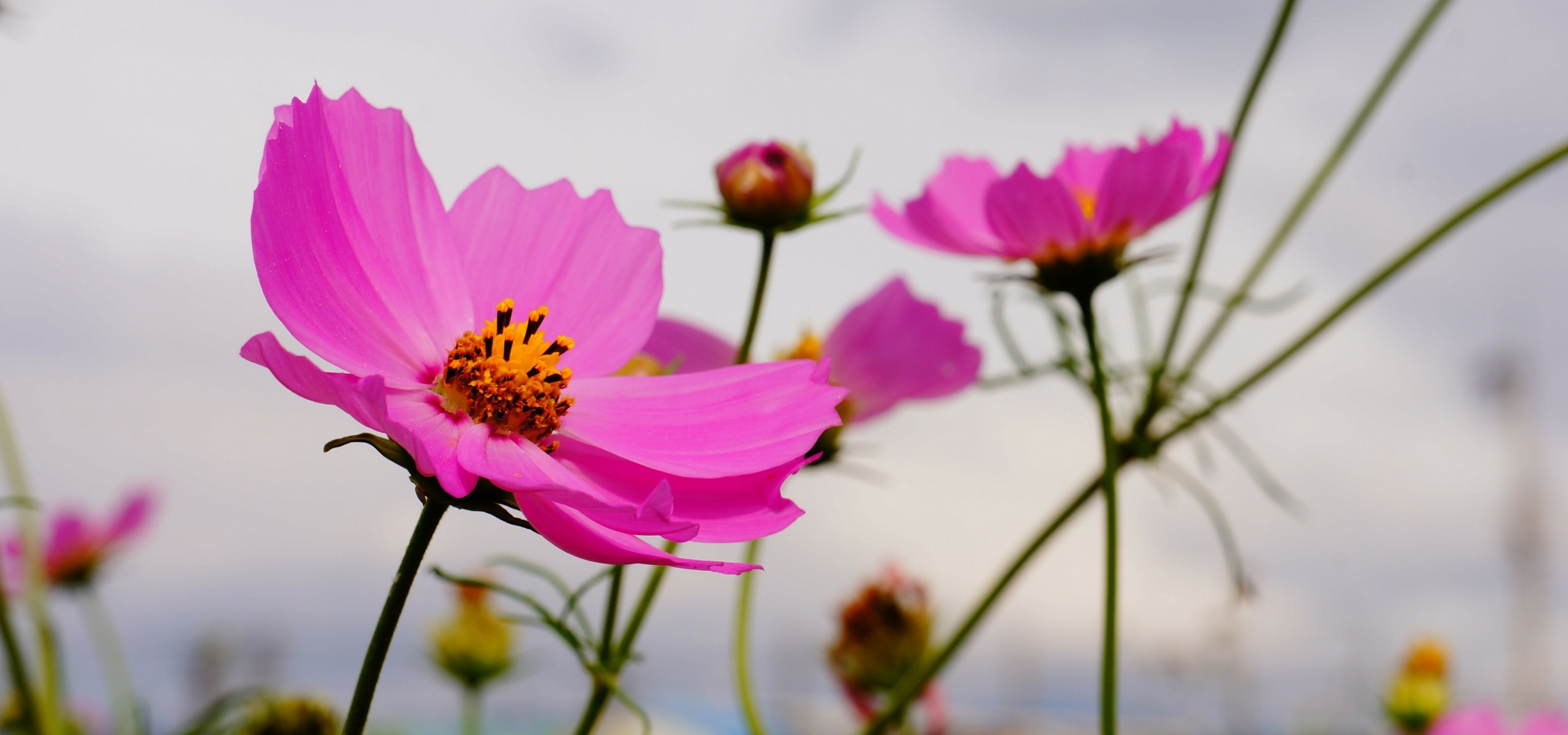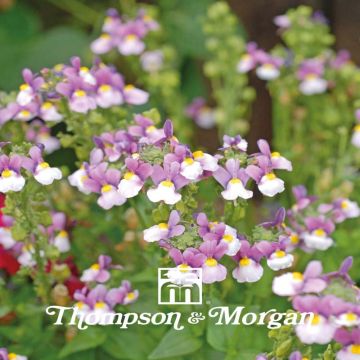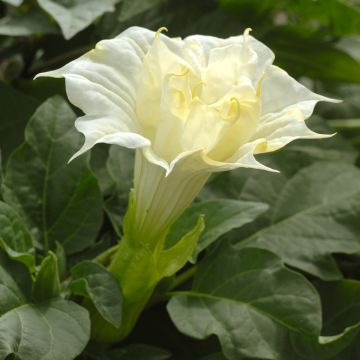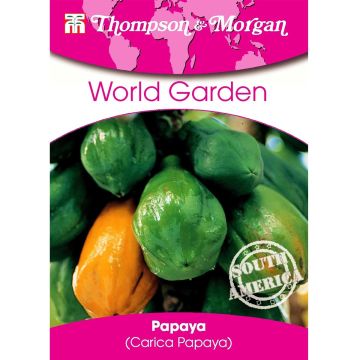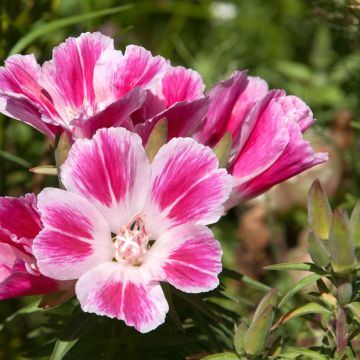

Primula Crescendo Mix seeds - Oxlip
Primula Crescendo Mix seeds - Oxlip
Primula elatior Crescendo® Mix
Oxlip
Special offer!
Receive a €20 voucher for any order over €90 (excluding delivery costs, credit notes, and plastic-free options)!
1- Add your favorite plants to your cart.
2- Once you have reached €90, confirm your order (you can even choose the delivery date!).
3- As soon as your order is shipped, you will receive an email containing your voucher code, valid for 3 months (90 days).
Your voucher is unique and can only be used once, for any order with a minimum value of €20, excluding delivery costs.
Can be combined with other current offers, non-divisible and non-refundable.
Home or relay delivery (depending on size and destination)
Schedule delivery date,
and select date in basket
This plant carries a 6 months recovery warranty
More information
We guarantee the quality of our plants for a full growing cycle, and will replace at our expense any plant that fails to recover under normal climatic and planting conditions.
Would this plant suit my garden?
Set up your Plantfit profile →
Description
The Crescendo® Mix Primrose is a blend of horticultural varieties of Primula elatior, the Oxlip (or True Oxlip), available in several coordinated colours. This biennial plant, sown in spring, forms a semi-evergreen rosette in the first year before flowering the following spring. Reaching about thirty centimetres in height, the flowering stems bear well-clustered umbels of flowers that brighten up flower beds. The young plants can also be transplanted into pots to create attractive flowering containers. Grow in partial shade, or in full sun in less bright regions, in moist soil.
Primroses (scientific name Primula) belong to the Primulaceae family, which owes its name to them and includes about twenty other, less well-known genera, such as Rockjasmine or Soldanella. A favourite genus among collectors, Primroses come in over 400 species, distributed throughout the temperate northern hemisphere and also in tropical high-altitude areas, as far as Papua New Guinea.
The Primula elatior genus grows wild in the woodlands and damp meadows of Europe. This botanical species has given rise to numerous horticultural varieties developed by breeders for increasingly colourful, generous, and long-lasting flowering. Crescendo® Mix is a blend of different colours, making it easy to create attractive flower beds. The "primed" seeds have undergone treatment to promote and accelerate germination and produce uniform young plants, ensuring quality flowering. Spring sowing will produce young plants that form a rosette of medium green leaves in year 1. In year 2, from March onwards, flower stalks rise from the heart of the rosette and are adorned with an umbel of flowers 2.5 to 3 cm in diameter. This mix includes burgundy, deep pink, bright red, blue, and a slightly fuchsia pink, all with a yellow centre, as well as two monochrome varieties, one yellow and the other apricot. Each plant, 30 cm high and equally wide, creates a strong visual focal point as the stalks rise above the foliage, showcasing the flowers beautifully. The flowering renews itself week after week until June, bringing joy to the flower beds. This Primrose can also be transplanted into pots to adorn a balcony or terrace.
The seeds of Crescendo® Mix Primrose will allow you to enjoy colourful, long-lasting flowering. These plants are easy to grow from seed, a great way to cover a large area at low cost. Pair these Primroses with perennials such as Daylilies, available in a wide range of colours, whose flowering will combine with them in late spring before taking over in summer. In the background, if your soil is sufficiently moist, plant a few specimens of the spectacular Ligularia przewalskii, fortunately easier to grow than to pronounce; this perennial features very architectural, deeply cut foliage and produces very aesthetic yellow flower spikes in June-July. Foxgloves will also be good companions with their long spikes of tubular flowers.
Primula Crescendo Mix seeds - Oxlip in pictures
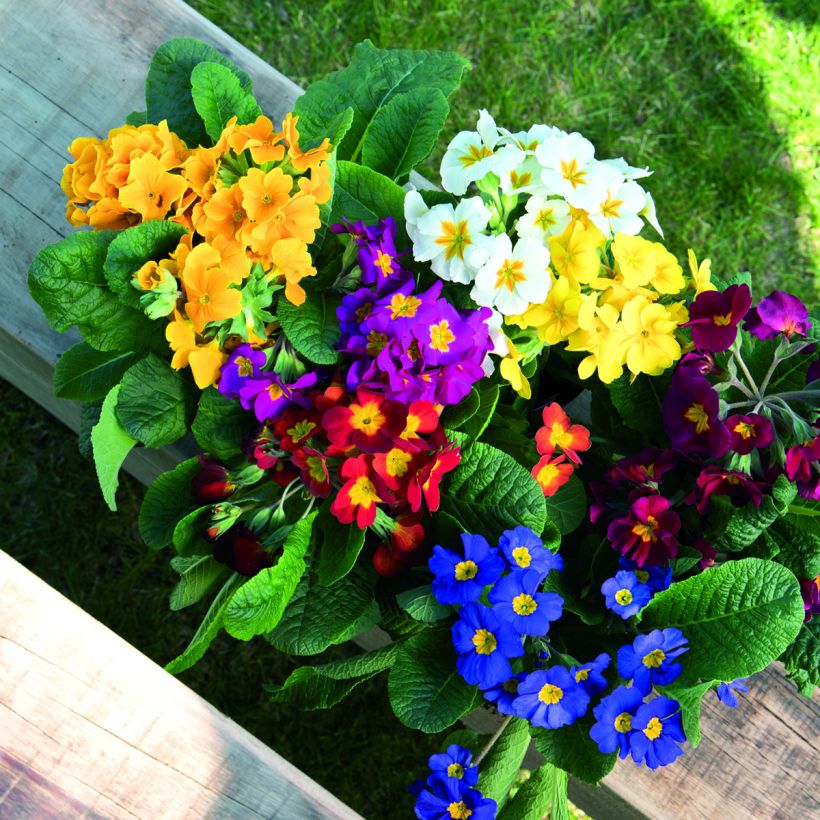

Flowering
Foliage
Plant habit
Botanical data
Primula
elatior
Crescendo® Mix
Primulaceae
Oxlip
Cultivar or hybrid
Planting and care
Sow in spring using seed compost in a tray or pots. Place the Primed Crescendo® Mix primrose seeds on the surface of the compost and press them in lightly without covering them with soil. Cover with a pane of glass and place the tray in a semi-shaded but bright location, as light promotes germination. Keep the soil moist but not waterlogged. Germination typically takes 7 to 10 days at a temperature of 10-12°C. Higher temperatures may inhibit germination. Then place the tray at a higher temperature (15-18°C) for 3 to 4 weeks.
Transplant the young plants into 7.5 cm diameter pots or containers. Grow them in a cool and humid environment, then transplant them into open ground, spacing them 25 cm apart.
Note: "primed" is a seed industry term meaning the seeds have been pre-treated to accelerate and standardise germination. Primed seeds have been given a head start before being sold: they were moistened then dried just before the germination stage. The result? When sown, they wake up faster and germinate more regularly. This allows you to achieve a very uniform sowing!
Plant primroses in sun or partial shade, in well-drained, fertile, humus-bearing soil. Water well in the weeks following planting, especially during dry weather, to ensure establishment. Regular watering in summer will also be necessary during periods of intense heat and drought. These easy plants will require no special care, other than removing faded flowers and leaves.
Container cultivation:
Ensure good drainage at the bottom of the container with a layer of gravel, broken terracotta pot pieces, or clay pebbles to facilitate water drainage and prevent root rot. A mixture of leaf compost and garden soil will work perfectly.
Place the pot in partial shade or sun and water regularly to keep the substrate slightly moist to support flowering. Add a little flowering plant fertiliser to the watering water every fortnight and remove faded flowers to extend the flowering period.
Sowing period
Intended location
Planting & care advice
This item has not been reviewed yet - be the first to leave a review about it.
Similar products
Haven't found what you were looking for?
Hardiness is the lowest winter temperature a plant can endure without suffering serious damage or even dying. However, hardiness is affected by location (a sheltered area, such as a patio), protection (winter cover) and soil type (hardiness is improved by well-drained soil).

Photo Sharing Terms & Conditions
In order to encourage gardeners to interact and share their experiences, Promesse de fleurs offers various media enabling content to be uploaded onto its Site - in particular via the ‘Photo sharing’ module.
The User agrees to refrain from:
- Posting any content that is illegal, prejudicial, insulting, racist, inciteful to hatred, revisionist, contrary to public decency, that infringes on privacy or on the privacy rights of third parties, in particular the publicity rights of persons and goods, intellectual property rights, or the right to privacy.
- Submitting content on behalf of a third party;
- Impersonate the identity of a third party and/or publish any personal information about a third party;
In general, the User undertakes to refrain from any unethical behaviour.
All Content (in particular text, comments, files, images, photos, videos, creative works, etc.), which may be subject to property or intellectual property rights, image or other private rights, shall remain the property of the User, subject to the limited rights granted by the terms of the licence granted by Promesse de fleurs as stated below. Users are at liberty to publish or not to publish such Content on the Site, notably via the ‘Photo Sharing’ facility, and accept that this Content shall be made public and freely accessible, notably on the Internet.
Users further acknowledge, undertake to have ,and guarantee that they hold all necessary rights and permissions to publish such material on the Site, in particular with regard to the legislation in force pertaining to any privacy, property, intellectual property, image, or contractual rights, or rights of any other nature. By publishing such Content on the Site, Users acknowledge accepting full liability as publishers of the Content within the meaning of the law, and grant Promesse de fleurs, free of charge, an inclusive, worldwide licence for the said Content for the entire duration of its publication, including all reproduction, representation, up/downloading, displaying, performing, transmission, and storage rights.
Users also grant permission for their name to be linked to the Content and accept that this link may not always be made available.
By engaging in posting material, Users consent to their Content becoming automatically accessible on the Internet, in particular on other sites and/or blogs and/or web pages of the Promesse de fleurs site, including in particular social pages and the Promesse de fleurs catalogue.
Users may secure the removal of entrusted content free of charge by issuing a simple request via our contact form.
The flowering period indicated on our website applies to countries and regions located in USDA zone 8 (France, the United Kingdom, Ireland, the Netherlands, etc.)
It will vary according to where you live:
- In zones 9 to 10 (Italy, Spain, Greece, etc.), flowering will occur about 2 to 4 weeks earlier.
- In zones 6 to 7 (Germany, Poland, Slovenia, and lower mountainous regions), flowering will be delayed by 2 to 3 weeks.
- In zone 5 (Central Europe, Scandinavia), blooming will be delayed by 3 to 5 weeks.
In temperate climates, pruning of spring-flowering shrubs (forsythia, spireas, etc.) should be done just after flowering.
Pruning of summer-flowering shrubs (Indian Lilac, Perovskia, etc.) can be done in winter or spring.
In cold regions as well as with frost-sensitive plants, avoid pruning too early when severe frosts may still occur.
The planting period indicated on our website applies to countries and regions located in USDA zone 8 (France, United Kingdom, Ireland, Netherlands).
It will vary according to where you live:
- In Mediterranean zones (Marseille, Madrid, Milan, etc.), autumn and winter are the best planting periods.
- In continental zones (Strasbourg, Munich, Vienna, etc.), delay planting by 2 to 3 weeks in spring and bring it forward by 2 to 4 weeks in autumn.
- In mountainous regions (the Alps, Pyrenees, Carpathians, etc.), it is best to plant in late spring (May-June) or late summer (August-September).
The harvesting period indicated on our website applies to countries and regions in USDA zone 8 (France, England, Ireland, the Netherlands).
In colder areas (Scandinavia, Poland, Austria...) fruit and vegetable harvests are likely to be delayed by 3-4 weeks.
In warmer areas (Italy, Spain, Greece, etc.), harvesting will probably take place earlier, depending on weather conditions.
The sowing periods indicated on our website apply to countries and regions within USDA Zone 8 (France, UK, Ireland, Netherlands).
In colder areas (Scandinavia, Poland, Austria...), delay any outdoor sowing by 3-4 weeks, or sow under glass.
In warmer climes (Italy, Spain, Greece, etc.), bring outdoor sowing forward by a few weeks.



































